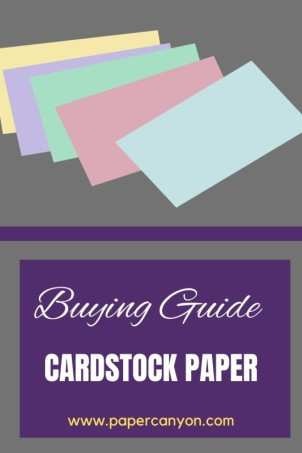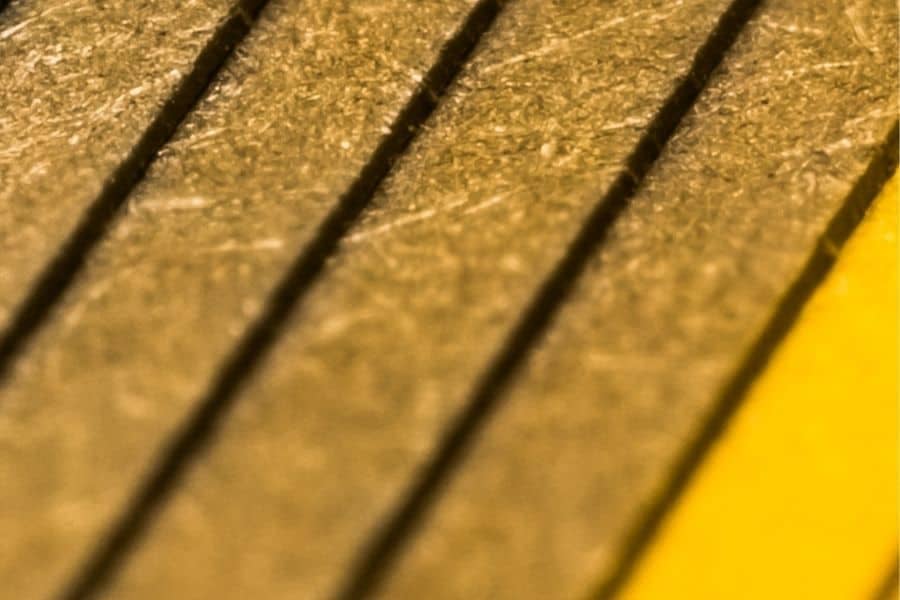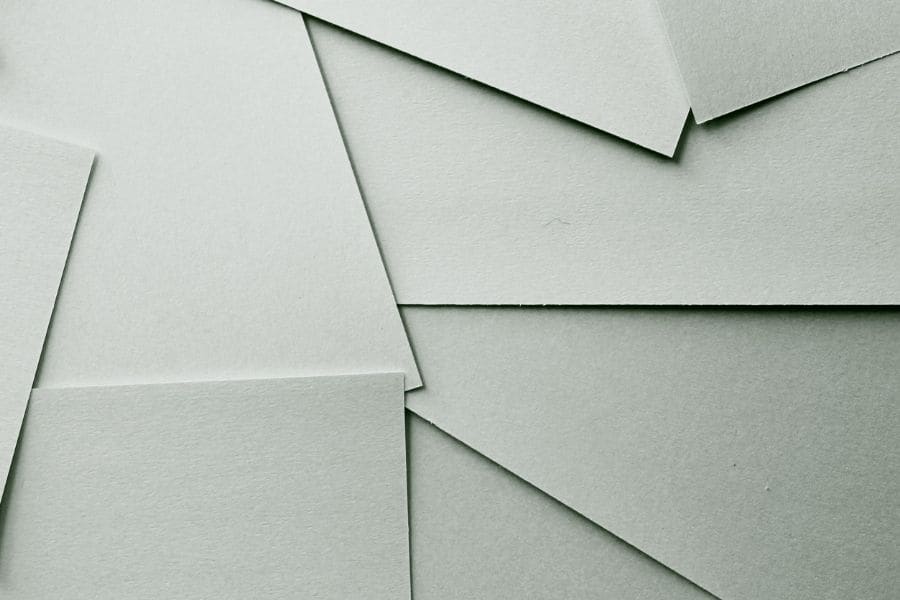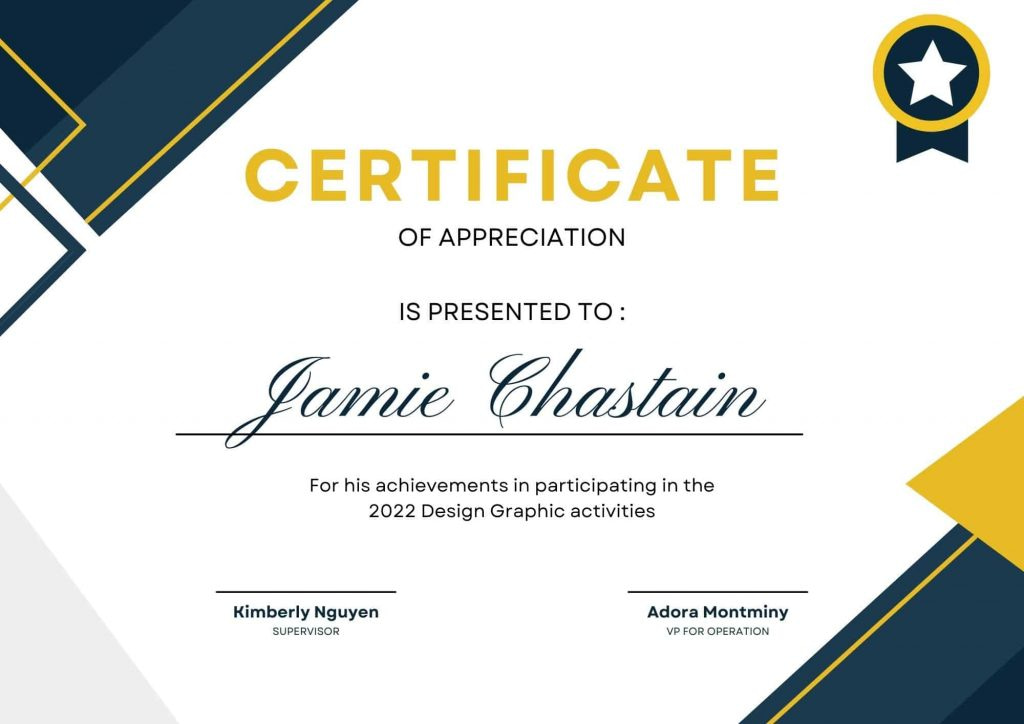Cardstock paper is used for writing and printing on, but it’s not the same thing as normal paper. Cardstock can be made from recycled materials, or it can be made from new materials, depending on the manufacturer and its process.

What really sets cardstock apart from other types of paper, though, is its weight and thickness.
Most types of cardstock are much thicker than normal paper, meaning that they can be used to create more durable documents like brochures and greeting cards.
The next time you find yourself needing cardstock paper, don’t just run to the nearest office supply store—it’s time to find out more about cardstock before you buy it.
Check these Cardstock Papers
Multi-Pack Cardstock Paper
White Cardstock
Textured Cardstock
Parchment Cardstock
Accent Opaque White Cardstock Paper
Astrobrights Colored Cardstock
Glitter Cardstock Paper
Black Cardstock Sheets
White Cardstock with Rounded Corners
In this cardstock paper buying guide, we’ll discuss what makes each paper unique and how you can choose the right one for your needs. To begin, we need to define what cardstock paper actually is. While it sounds like it would be made from cardboard, that’s not the case at all!

Cardstock Paper Types
What is cardstock paper?
Cardstock paper is a low-cost medium for printing and drawing. It’s typically made from recycled fiber, cotton rags or wood pulp. Card stock paper comes in a range of thicknesses and finishes, which influence its suitability for different applications.
Stock that ranges from 80 to 120 pounds is generally used for print jobs such as brochures, business cards and fliers, while 200-pound cardstock paper works well for hardbound books.
What is cardstock paper made of?
Cardstock is made of recycled paper and a thin, wax coating to prevent bleed through during printing. It’s generally thicker than standard writing paper, making it durable for both printing and everyday use.
Of course, thickness does vary depending on manufacturer, so it’s worth noting that cardstock can range from thin (10pt) to extra thick (32pt).
Check Glitter Cardstock Paper
Types of Cardstock paper
Cardstock paper comes in two different varieties, each with its own set of uses: cover and text.
Both types are typically made from recycled fibers and are available in bright white or a variety of hues. The most common distinction between them is their size; cardstock paper can be purchased as large sheets that need to be cut down (text) or in standard letter-size sheets (cover).
Text stock is slightly thinner than cover stock, though both are thick enough to withstand being folded multiple times.
Cardstock can be further classified into different subtypes.
- Matte: Dull coating, perfect for scrapbooking and greeting cards
- Glossy: Nonabsorbent, shiny surface.
- Vellum: Parchment paper with near look of animal skin. Can be opaque or transparent. Check Accent Opaque White Cardstock Paper.
- Coated: Coating done to enhance the opacity.
- Textured: Has textured look that comes from linen, wood, or canvas used.
- Mirror: Comes with metallic effect.
- Glitter: Comes with glitter coating. There are also double-sided glitter cardstock available.
Read: A Glimpse into the World of Paper: A Printing Paper Guide
What are cardstock papers used for?
While there are many uses for cardstock, one of its most popular is creating invitations. Card stock is used to create signs, place cards and a variety of other printed materials. It can be used in other ways too like creating arts and crafts projects or even for scrapbooking.
Paper supplies like cardstock are usually the standard in office settings as it’s both affordable and comes in different weights.
Cardstock paper is also more durable than regular paper and works well with office printers.
If you decide to work with cardstock paper when you’re sending out invitations, business cards or other printed material, you’ll want to buy good quality because bad quality could ruin your final product.

Cardstock Paper for Invitation Cards
Thankfully, there are plenty of good brands out there that can help improve your final result and make using them easy. You just have to know where to look for them! We’ve highlighted a few here that we think offer great value without breaking your budget.
Now let’s take a look at some of the most common uses of cardstock paper.
Cardstock assorted colors
Looking for cardstock paper in a specific color? Office supply stores and most craft stores offer a wide range of colors in varying thicknesses. However, using too much colored cardstock can really drain your color budget, which is why it’s important to consider how you will use each sheet before buying.
If you are simply looking for colored cardstock that matches your school or business colors, stick with one or two solid colors; choose a mid-weight if you want to cut it into various shapes.
But if you need thicker paper that’s still sturdy enough to stand up on its own, go with premium quality text weight. Just note that it comes in just one color: white.

White Cardboard Paper
Read: Plotter Paper: An Ultimate Guide
How cardstock paper compares with other papers?
Cardstock paper has a number of distinct features, giving it a look that’s unmistakable from other types of paper.
Thickness is one of its most distinguishing characteristics: cardstock paper tends to be significantly thicker than other papers, often approaching or exceeding 20 point thickness for single-ply varieties.
It’s also commonly available in double-ply and triple-ply variations, though those aren’t as common as single-ply options.
Cardstock paper can also be found in a large range of sizes: depending on your needs and budget, you may have access to an assortment of sheets anywhere from 4 x 6 inches up to 13 x 19 inches and more!
In this section, we will examine how cardstock fares when compared to different types of popular papers.
Read: How to Make an Envelope Out of Loose Leaf Paper?
FAQs
Is cardstock the same as cardboard?
Nope. Cardboard is typically made from corrugated fiberboard, which contains fluted cellulose fibers that are pressed together under heat and pressure. Some cardboard may be recycled, but it’s not as durable as cardstock.
This makes it difficult to use for invitations or other print jobs requiring heavy paper stock.
Is cardstock heavy paper?
Cardstock is a type of paper that, by definition, has a weight greater than 24 pounds. In other words, cardstock can be used for just about anything you can think of and will do an excellent job at supporting whatever object or image you decide to print on it.
If you need your poster boards to be heavy duty, then using them as cardstock paper would work well. That’s why they are such popular items: They’re great at what they do!
Aside from posters and cardboard boxes, cardstock can also be used for signage purposes (i.e., flyers), invitations, greeting cards and even book covers.
Can you use cardstock paper in a regular printer?
Yes and no. Cardstock paper is more rigid than regular printer paper, which means you’ll need a machine specifically designed to handle thicker stock in order to print on it properly.
If you have a specialty printer or copier, then using cardstock in it will likely be fine.
If not, we recommend having your cardstock printed professionally; printers specializing in printing on thicker materials will be able to give you accurate information about whether or not they can work with your cardstock.
In any case, if you do choose to try printing at home on your regular printer, be sure that you’re loading and unloading your cardstock correctly—if things aren’t set up correctly, there’s a good chance of damage to both your machine and your paper.
Can I use cardstock paper in my HP printer?
If you’re getting started with home printing, or if you’ve never used cardstock paper in your printer before, you’ll want to know whether or not your machine can handle cardstock.
This type of paper is typically thick and used for binding and printing brochures and posters. There are many different types of printers out there, so it’s important to make sure that yours is compatible before buying a box of paper.
Check your printer’s user manual for more information about maximum sheet sizes as well as acceptable media types. You can also find useful information on HP’s website.
Newer HP models accept heavier stock like cardstock without issue, but older printers may not be able to handle it correctly and could damage themselves in the process; definitely take that into consideration before making a purchase!
Can you use cardstock to make envelopes?
Yes, if you want to create envelopes for a formal event like an invitation. You can buy special envelope-making paper that matches in color or prints with your cardstock paper.
This type of paper is thicker than normal cardstock, so it gives a more professional look to whatever you’re creating.
Some manufacturers produce specific envelope-making products; these often come with precut designs to make things easier for users.
Whatever kind of cardstock paper you buy, though, be sure to use smooth, clean cuts and straight lines when designing your envelopes as any mistakes will be clearly visible.
What does 80 lb cardstock mean?
Cardstock paper is used for a variety of projects, including making business cards, menus, and invitations. When people ask about 80-pound cardstock, they’re usually referring to its weight.
Card stock paper’s weight is measured in pounds and a typical sheet weighs .016 pounds.
The most common weights are between 30 lbs (light) and 90 lbs (heavy).
More than 90 lb cardstock is sometimes called 110 pound or index board. 80-pound card stock sheets are mid-weight—ideal for most projects—and one standard size is 8.5 x 11 inches; however, card stock can be cut down to any size you like!
What does 100 lb cardstock paper mean?
Cardstock paper is a great choice for banners, signs, posters and other large prints. 100 lb cardstock paper is one of many varieties of card stock you can use in your home or office printer.
If you are looking to print on adhesive backed paper or envelope flaps you will want to go with 80 lb card stock. For larger projects like banners or signs look at using 110 lb or 120 lb banner paper.
What does 110 lb cardstock mean?
Cardstock weight is often indicated by lb, with 110-lb paper being common for most printers and copiers.
110-lb cardstock paper is fairly thick but still pliable, making it ideal for single-sided printing, since it can handle some wear and tear while still producing a good print.
It’s often used in conjunction with gloss or luster (also known as photo) to make everything look more polished.
Generally speaking, you should use cardstock for flyers, brochures and event invitations that don’t require sturdiness because its low cost means you might have to replace them frequently.
What is Cardstock used for?
Cardstock is used for different projects. It can be used for invitation cards for different occasions, scrapbooks, banners, bookmarks, posters, DIY projects, projects for school kids, etc.
Conclusion
In conclusion, cardstock paper has a lot of uses from gift cards to invitations, there’s no reason to run out and purchase an entire ream.
Instead, consider ordering in small quantities directly from your printer or from an online retailer like Amazon. You can even buy single sheets at stores like Target if you’re really pinching pennies.
With so many options for cardstock paper out there, you can find just what you need without spending a fortune.
You can visit Wikipedia to learn more about cardstock papers.





![What is GSM Paper – The Ultimate Guide [Reviewed 2023]](https://mlapnvimd7ak.i.optimole.com/w:auto/h:auto/q:mauto/f:best/https://papercanyon.com/storage/2022/08/GSM-Paper-the-Ultimate-Guide-768x512.jpg)


![Best Types of Paper for Sleek ‘n’ Chic Crafting [Updated 2023]](https://mlapnvimd7ak.i.optimole.com/w:auto/h:auto/q:mauto/f:best/https://papercanyon.com/storage/2022/08/Paper-for-Crafting-Easy-Guide-768x512.jpg)
